![]()
![]()
![]()
Use LEFT and RIGHT arrow keys to navigate between flashcards;
Use UP and DOWN arrow keys to flip the card;
H to show hint;
A reads text to speech;
19 Cards in this Set
- Front
- Back
- 3rd side (hint)
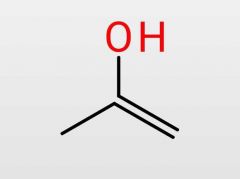
What type of molecule is this? |
Enol |
|
|
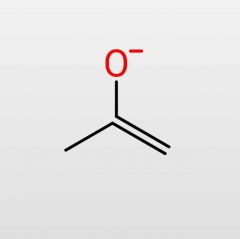
What type of molecule is this? |
Enolate |
|
|
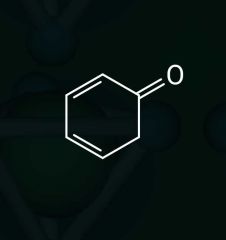
What form is this molecule in? |
Keto form |
|
|
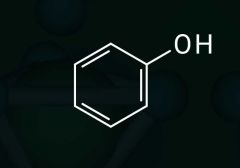
What form is this molecule in? |
Enolate form |
|
|
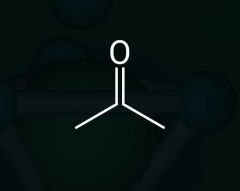
What is the final product when this molecule is reacted with 1. Cl2 2.H+ |
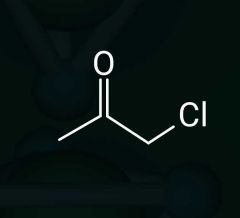
|
|
|
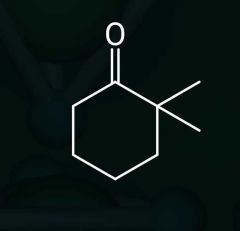
1. Cl2 2. H30+ |
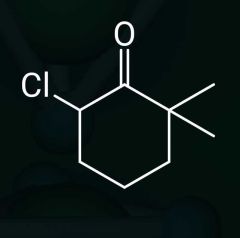
|
It chlorinates at the alpha carbon; you can control this reaction |
|
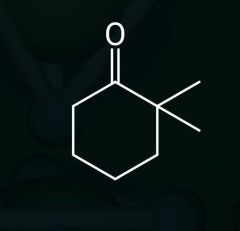
1. Cl2 2. -OH |

|
Chloronate the alpha carbon; you can't control this reaction under basic condition |
|

1. Cl2/SOCl2 2. H20 |
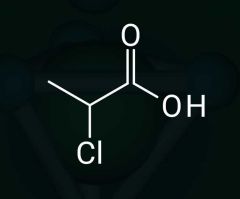
Water has to be added. If you dont add water, it was stay at an acid halide. The OH would also be Cl |
|
|

1. NBS or HBr / SOCl2 2. H2O |
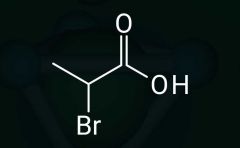
|
|
|
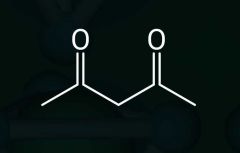
|
Beta-dicarbonyls |
|
|
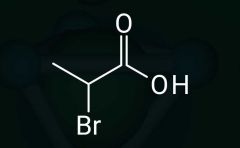
1. NH3 |
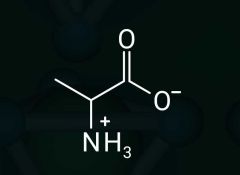
|
|
|

1. Eth oxide 2. Ethylbromine |
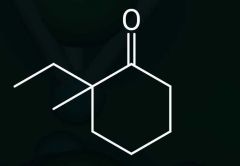
This is a thermodynamic molecule. This is the most stable product in terms of the enolate |
|
|
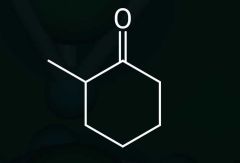
1. LDA 2. Ethylbromide |
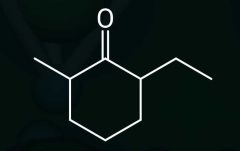
This is the kinetic form. The enolate goes to this position because LDA is too big for a stable enolate at the carbon where the methyl group is at. |
|
|
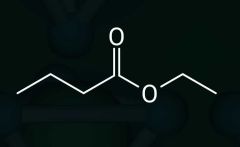
1. LDA 2. (See hint) |

Because esters are less acidic than ketones, you will need a stronger base instead of ethoxide |
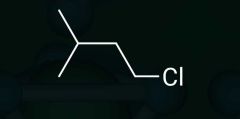
|
|
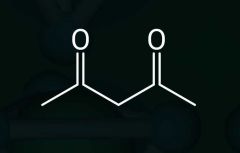
1. Ethoxide 2. (See hint) |
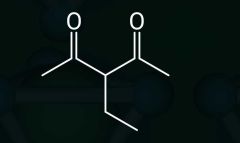
|
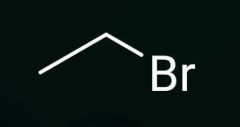
|
|
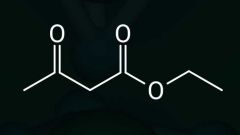
|
Ethyl actoacetate Or Ethyl 3-oxobutanoate |
|
|
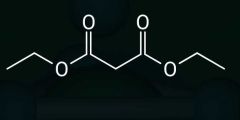
|
Diethyl malonate |
|
|
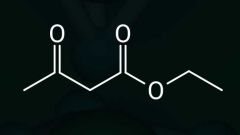
1. Ethoxide; ethyl bromide 2. Ethoxide; isopentyl bromide 3. H30+/ Heat |
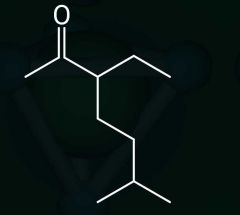
+ CO2 |
|
|
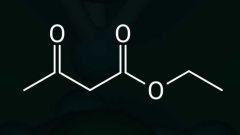
|
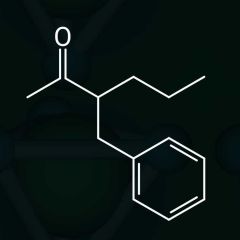
|

|

